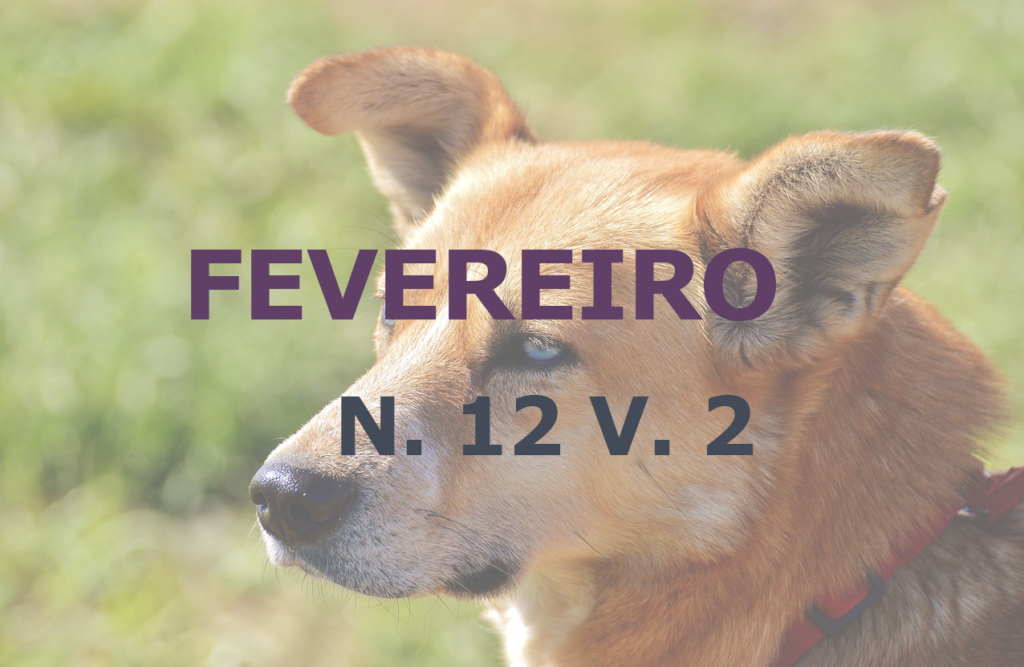Canine meningioma: Case report
DOI:
https://doi.org/10.22256/pubvet.v12n2a26.1-4Keywords:
convulsion, lomustine, intracranial neoplasiaAbstract
Meningioma is the most common intracranial neoplasia in dogs in the veterinary clinic, in most cases it has a benign nature, and may arise in any of the three meninges that cover and protect the central nervous system. The main clinical sign of meningioma is seizure, but behavioral alterations have been reported frequently in the literature. Lomustine, because it is highly soluble in lipids, reaches high concentrations in the brain-spinal fluid allowing it to be used as a chemotherapeutic protocol for patients with meningioma. The objective of this work was to report a case of intracranial meningioma in a poodle dog at the age of ten, highlighting its clinical evolution, presumptive diagnosis and therapeutic behavior.
Downloads
Published
Issue
Section
License
Copyright (c) 2018 Lourival Barros de Sousa Brito Pereira, Homero Firmo Pessoa, Gabriela de Paiva Sousa, Lucilo Bioni da Fonsêca Filho, Ana Luiza Neves Guimaraes Bessa, Priscilla Virginio de Albuquerque, Silvia Fernanda de Alcantara, Júlio Cézar dos Santos Nascimento, Marleyne José Afonso Accioly Lins Amorim

This work is licensed under a Creative Commons Attribution 4.0 International License.
Você tem o direito de:
Compartilhar — copiar e redistribuir o material em qualquer suporte ou formato
Adaptar — remixar, transformar, e criar a partir do material para qualquer fim, mesmo que comercial.
O licenciante não pode revogar estes direitos desde que você respeite os termos da licença. De acordo com os termos seguintes:
Atribuição
— Você deve dar o crédito apropriado, prover um link para a licença e indicar se mudanças foram feitas. Você deve fazê-lo em qualquer circunstância razoável, mas de nenhuma maneira que sugira que o licenciante apoia você ou o seu uso. Sem restrições adicionais
— Você não pode aplicar termos jurídicos ou medidas de caráter tecnológico que restrinjam legalmente outros de fazerem algo que a licença permita.





